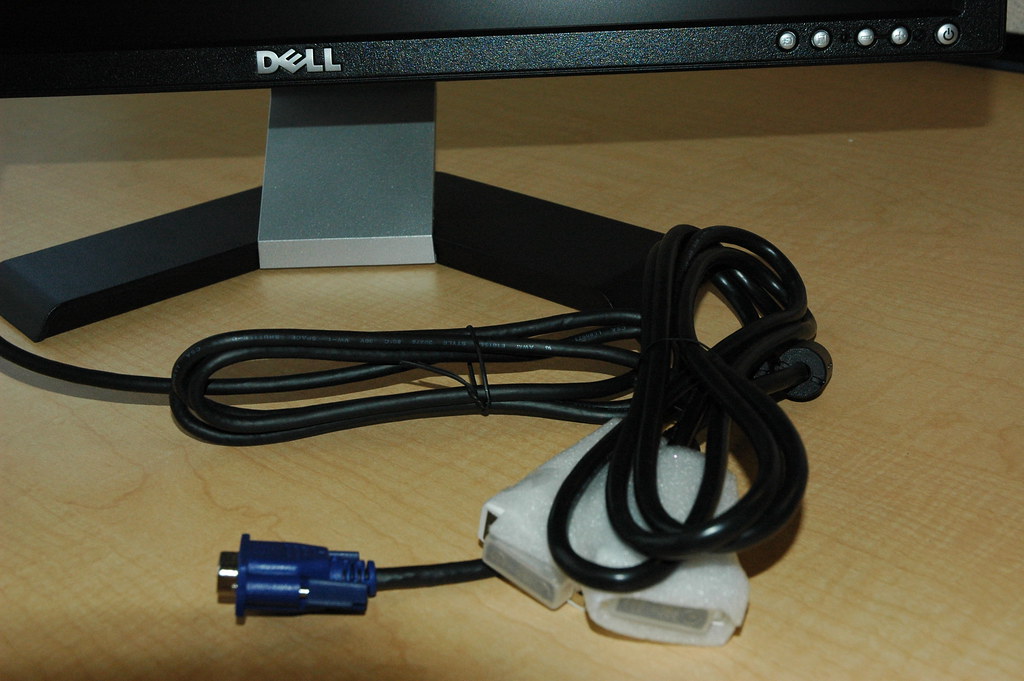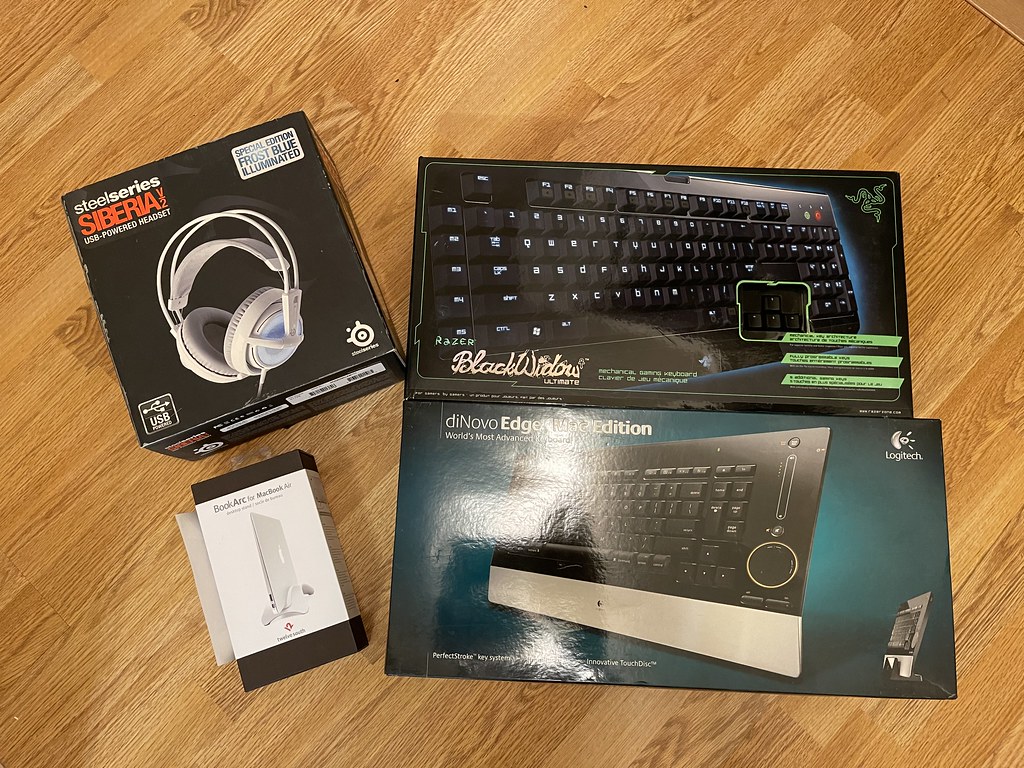What Is a Dual Monitor HDMI Splitter?
A dual monitor HDMI splitter is a device that allows you to connect two monitors to a single HDMI output. This means that you can display the same image on both monitors simultaneously, making it an ideal solution for those who need to share their screen with multiple people or simply want to increase their productivity by having multiple displays.
Benefits of Having a Dual Monitor Setup
Having a dual monitor setup has many benefits, including:
- Increased productivity: With two monitors, you can have multiple windows open at the same time, making it easier to multitask and get work done faster.
- Improved Gaming Experience: Gaming on a single screen can be limiting, but with a dual monitor setup, you can have a wider field of view, making your gaming experience more immersive.
- Simplified Presentations: With two monitors, you can have your presentation on one screen and your notes on the other, making it easier to keep track of what you need to say.
- Better Collaboration: With two monitors, you can share your screen with multiple people at the same time, making it easier to collaborate on projects.
Now that we’ve discussed what a dual monitor HDMI splitter is and its benefits, let’s move on to what you need to consider before buying one.
What to Consider Before Buying a Dual Monitor HDMI Splitter
Before purchasing a dual monitor HDMI splitter, there are a few things to consider in order to ensure that you get the right device for your needs. Let’s take a look at some of these factors:
Differences between HDMI Splitters and Switches
According to Popular Science, it’s important to understand the differences between HDMI splitters and switches before making a purchase. HDMI splitters are used to split one HDMI signal into multiple outputs, while HDMI switches allow you to switch between multiple HDMI inputs and output them to a single display. Depending on your needs, you may require one or the other.
Benefits of Using an AV Receiver
Popular Science also explains that an AV receiver is a device that acts as a central hub for all of your audio and video equipment. It can be used in conjunction with an HDMI splitter to simplify your setup and improve the quality of your audio and video signals.
Importance of Knowing Exactly What Is Needed Before Purchasing
According to Orei, before purchasing a dual monitor HDMI splitter, it’s important to know exactly what you need. This includes the number of displays you want to connect, the resolution you require, and the distance between the monitors. By knowing these details, you can ensure that you get a splitter that is capable of meeting your needs.
Now that we’ve discussed what to consider before buying a dual monitor HDMI splitter, let’s move on to the different types of HDMI splitters.
Types of HDMI Splitters
There are two main types of HDMI splitters: Distribution Amplifiers and Matrix Switches. Let’s take a closer look at each one:
Distribution Amplifiers
According to Orei, distribution amplifiers are the most common type of HDMI splitter. They take a single HDMI input and split it into multiple outputs, allowing you to display the same image on multiple screens simultaneously. They are typically less expensive than matrix switches and are ideal for simple setups.
Matrix Switches
Best Buy explains that matrix switches are more sophisticated than distribution amplifiers and allow you to switch between multiple inputs and outputs. This means that you can display different images on different screens at the same time. They are typically more expensive than distribution amplifiers and are ideal for more complex setups.
Now that we’ve covered the two main types of HDMI splitters, let’s move on to the factors you need to consider when selecting an HDMI splitter for your dual monitor setup.

Factors to Consider When Selecting an HDMI Splitter
When selecting an HDMI splitter for your dual monitor setup, there are several factors to consider. Let’s take a look at some of these factors:
Monitor Resolution
According to Orei, it’s important to consider the resolution of your monitors when selecting an HDMI splitter. Some splitters may not be able to handle high resolutions, so it’s important to choose one that can handle the resolution of your monitors.
Distance Between Monitors
Orei also explains that the distance between your monitors can play a role in selecting an HDMI splitter. Some splitters may not be able to transmit a strong enough signal over long distances, so it’s important to choose one that is capable of transmitting the signal over the distance you need.
Number of Displays
Popular Science explains that it’s important to consider the number of displays you want to connect when selecting an HDMI splitter. Some splitters may only support two displays, while others may support up to four or more.
Data Transmission
According to FireFold, it’s important to consider the data transmission capabilities of an HDMI splitter when selecting one for your dual monitor setup. Some splitters may not be able to handle high-bandwidth signals, such as those required for 4K video or gaming, so it’s important to choose one that is capable of handling the data transmission you require.
Now that we’ve discussed the factors to consider when selecting an HDMI splitter, let’s move on to the best HDMI splitters for dual monitors.

Best HDMI Splitters for Dual Monitors
There are many HDMI splitters available on the market, but not all of them are created equal. Let’s take a look at some of the best HDMI splitters for dual monitors:
1. J-Tech Digital 1×2 HDMI Splitter
Popular Science recommends the J-Tech Digital 1×2 HDMI Splitter as one of the best options for dual monitor setups. It supports 4K resolution and comes with a one-year warranty.
2. Orei 1×2 HDMI Splitter
According to Orei, the Orei 1×2 HDMI Splitter is a reliable option for dual monitor setups. It supports 1080p resolution and comes with a one-year warranty.
3. Zettaguard 1×2 HDMI Splitter
Best Buy recommends the Zettaguard 1×2 HDMI Splitter as an affordable option for dual monitor setups. It supports 4K resolution and comes with a one-year warranty.
4. Cable Matters 4K 1×2 HDMI Splitter
According to FireFold, the Cable Matters 4K 1×2 HDMI Splitter is a good option for dual monitor setups. It supports 4K resolution and comes with a one-year warranty.
5. Techole 4K Aluminum Ver1.4 HDMI Splitter
Best Buy recommends the Techole 4K Aluminum Ver1.4 HDMI Splitter as a compact and affordable option for dual monitor setups. It supports 4K resolution and comes with a one-year warranty.
Now that we’ve covered some of the best HDMI splitters for dual monitors, let’s move on to some tips for setting up your dual monitor system.

Tips for Setting Up Your Dual Monitor System
Setting up a dual monitor system can be a bit tricky, but with the right tips and tricks, you’ll be up and running in no time. Let’s take a look at some tips for setting up your dual monitor system:
1. Check Your Graphics Card
FireFold recommends checking your graphics card to make sure it can support multiple displays. Many modern graphics cards can support up to four displays, but some may only support one or two.
2. Connect Your Monitors
Once you’ve confirmed that your graphics card can support multiple displays, it’s time to connect your monitors. Popular Science recommends connecting your primary monitor to the HDMI port on your graphics card and your secondary monitor to the HDMI port on your HDMI splitter.
3. Configure Your Display Settings
After you’ve connected your monitors, you’ll need to configure your display settings. Best Buy recommends opening your display settings and selecting “Extend These Displays” to use your monitors as separate displays. You can also adjust the resolution of each monitor to ensure they are displaying at the appropriate size.
4. Test Your Setup
Once you’ve configured your display settings, it’s time to test your setup. Orei recommends playing a video or opening a program on one monitor and then dragging it to the other monitor to ensure that both monitors are working properly.
5. Consider Your Desk Setup
Finally, Best Buy recommends considering your desk setup when setting up your dual monitor system. Make sure that your monitors are positioned at the appropriate height and distance from your eyes, and that your keyboard and mouse are positioned comfortably within reach.
With these tips, you’ll be able to set up your dual monitor system quickly and easily.
Final Thoughts
Setting up a dual monitor system with an HDMI splitter can be a great way to increase your productivity and improve your workflow. By following the tips and recommendations in this article, you’ll be able to select the best HDMI splitter for your dual monitor setup, set up your monitors quickly and easily, and start enjoying the benefits of a dual monitor system.
Remember to consider factors such as monitor resolution, distance between monitors, and data transmission when selecting an HDMI splitter, and to follow the steps for connecting and configuring your monitors. And if you need more help or advice, don’t hesitate to check out our other great content on Techslax.
Thanks for reading!
Questions
What is a dual monitor HDMI splitter?
A device that allows one HDMI source to be displayed on two monitors.
How do I connect a dual monitor HDMI splitter?
Connect the HDMI output of the source to the input of the splitter, then connect each monitor to the splitter’s output.
Who can benefit from using a dual monitor HDMI splitter?
Anyone who wants to increase their productivity and workflow, such as gamers, graphic designers, and programmers.
What is the difference between an HDMI splitter and an HDMI switch?
An HDMI splitter duplicates the same signal to multiple displays, while an HDMI switch connects multiple sources to one display.
How do I select the right dual monitor HDMI splitter for my setup?
Consider factors such as resolution, distance between monitors, and data transmission capabilities before selecting an HDMI splitter.
What should I do if my dual monitor HDMI splitter is not working correctly?
Check that all cables are securely connected, ensure that your source device and monitors are powered on, and try resetting the splitter.
